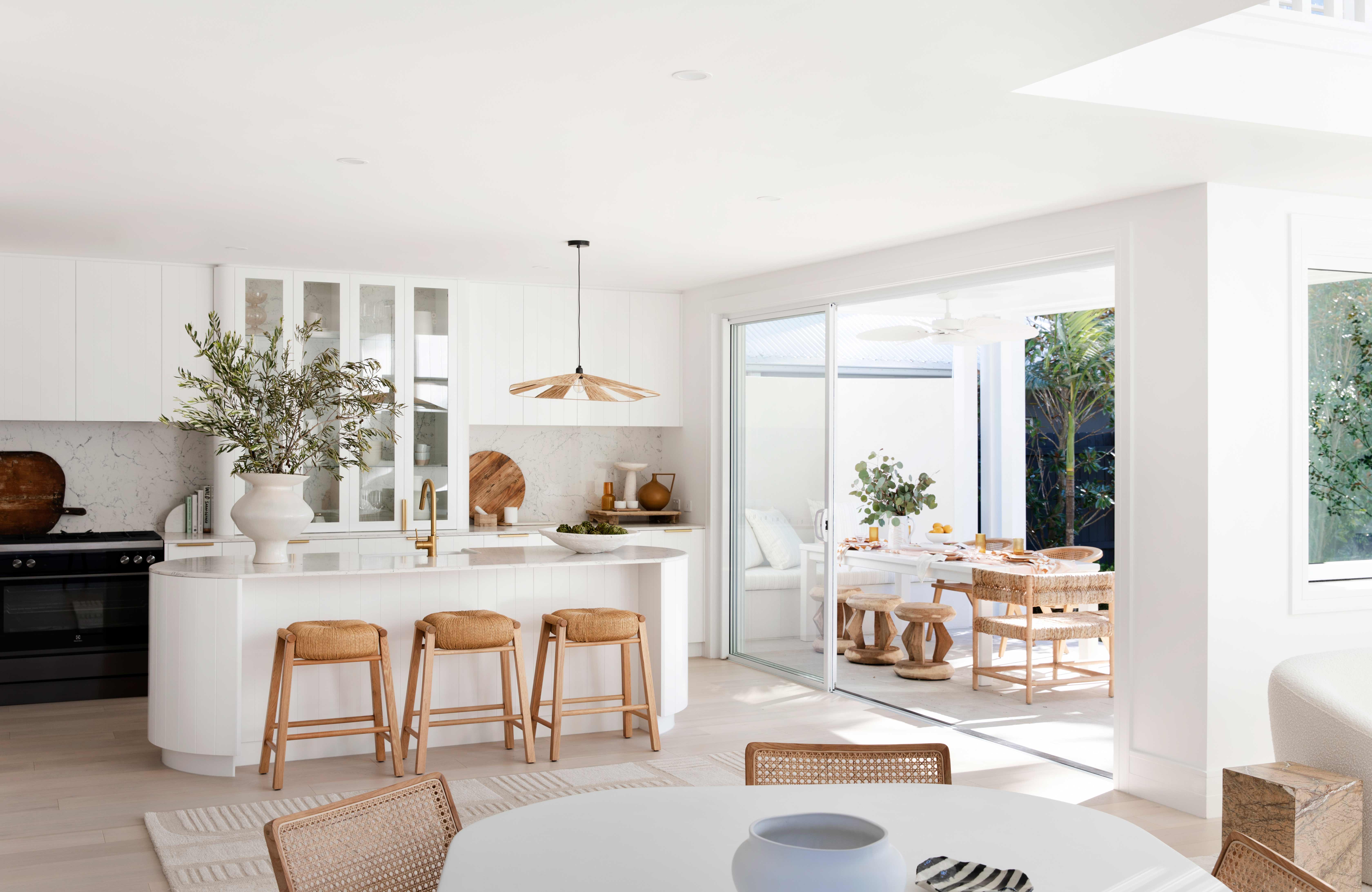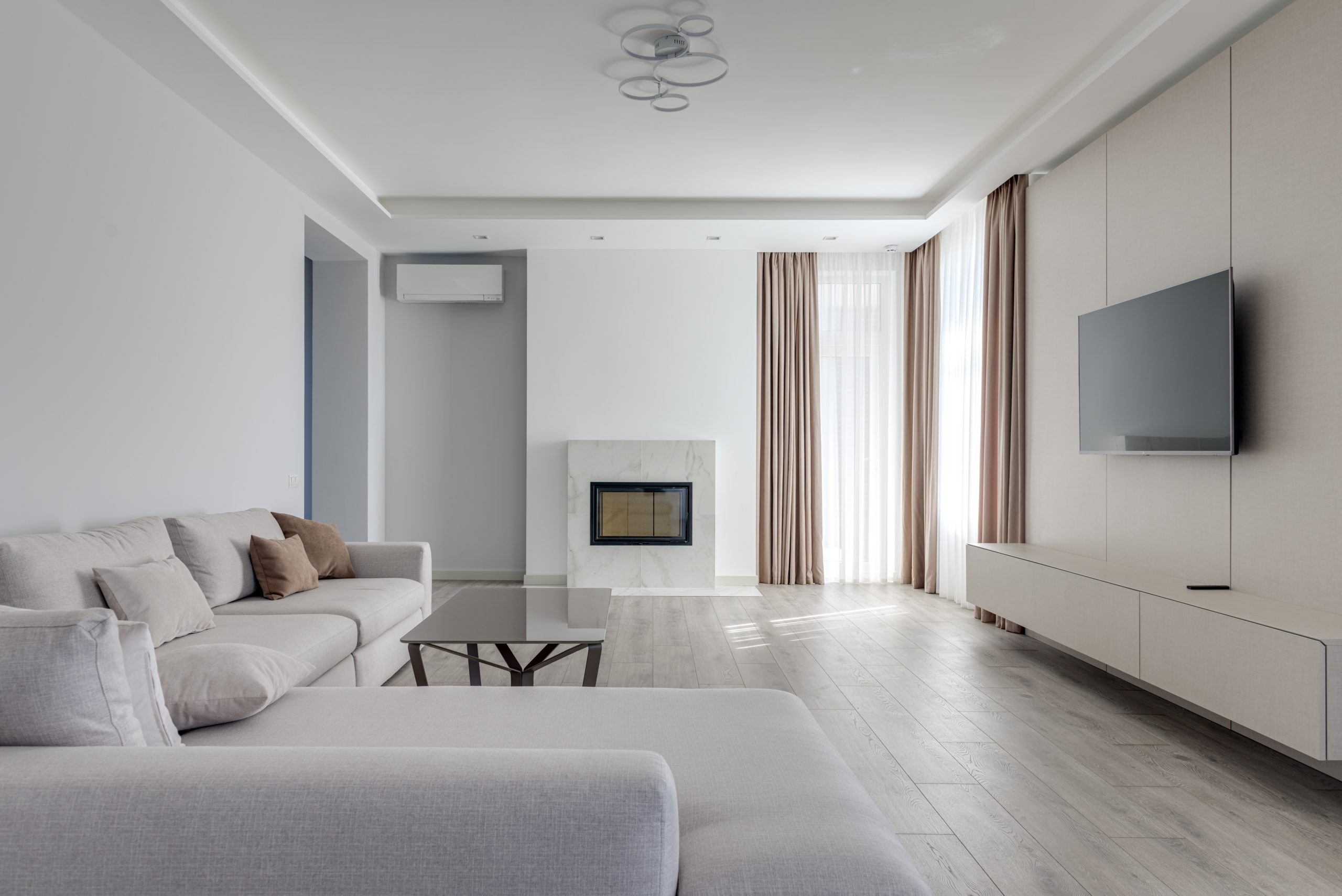Consult an innovative Architecture Firm for cutting-edge and creative designs.
Change Your Home With Crucial Principles of Interior Decoration and Looks
The art of changing your home through the important principles of interior layout and visual appeal needs a thoughtful technique that balances color, balance, and spatial understanding. By recognizing the influence of shade concept and the value of appearance and patterns, one can develop spaces that are not only visually appealing but additionally deeply individual. Attaining this equilibrium involves greater than plain decor; it incorporates a calculated setup and an eager understanding of just how each aspect communicates within a space. As we explore these fundamental ideas, take into consideration just how they may redefine your understanding of home and personal expression.
Understanding Shade Theory
Shade theory is a fundamental element of interior layout that considerably affects mood, understanding, and overall visual. Understanding the concepts of color concept allows developers to produce rooms that resonate psychologically with residents while meeting functional needs (luxury interior design). Shades can be classified right into 3 key kinds: main, second, and tertiary. Each category plays an essential role in developing harmony within an area.
The psychological impact of colors is extensive; cozy shades such as reds and oranges stimulate power and heat, while awesome tones like blues and eco-friendlies advertise calmness and serenity. Moreover, making use of corresponding colors enhances aesthetic interest, creating striking contrasts that can raise a space's charm.
Neutral colors, on the other hand, serve as a flexible backdrop, enabling other design elements to shine. It is necessary to think about aspects such as lights and the room's function when choosing a color palette, as these can alter the perception of shades throughout the day.
Ultimately, a well-considered color design can transform a space, cultivating a feeling of convenience and style that lines up with the residents' preferences. Proficiency of shade concept is, as a result, an essential skill for any type of interior developer intending to develop harmonious and welcoming atmospheres.
Accomplishing Balance in Layout
How can developers attain a sense of equilibrium in their rooms? Attaining equilibrium in style is essential to creating unified interiors. Designers can make use of 3 key kinds of balance: balanced, asymmetrical, and radial. Symmetrical equilibrium entails preparing aspects uniformly around a main point, fostering a feeling of order and harmony. This type frequently includes pairs of furnishings or artwork, boosting visual security.
Asymmetrical balance, on the various other hand, relies upon varying aspects that still attain a natural look. This strategy permits even more vibrant and informal setups, supplying interest while preserving stability. By very carefully picking varying dimensions, colors, and structures, developers can create an aesthetically engaging space that feels well balanced yet energised.
Radial balance highlights a main centerpiece with aspects emitting outside. This style is commonly seen in circular designs, where furnishings and style create a cohesive border that attracts the eye internal.
Eventually, accomplishing equilibrium requires thoughtful consideration of scale, percentage, and the partnerships in between elements. luxury interior design. By masterfully applying these equilibrium concepts, developers can transform spaces into settings that feel both aesthetically pleasing and functionally harmonious, improving the general experience for passengers
Relevance of Spatial Understanding

An eager feeling of spatial recognition allows designers to identify focal points within a space, assisting the customer's focus to vital features while maintaining a general feeling of unity. It additionally assists in the critical positioning of lights, which can significantly influence the understanding of room and state of mind. In addition, comprehending spatial connections allows the designer to accommodate the details demands of occupants, making certain that each location serves its designated purpose without jeopardizing looks.
Eventually, spatial awareness is crucial for maximizing the possibility of any type of interior area. By carefully thinking about the interaction between dimensions, layout, and function, designers can create environments that not only meet sensible requirements but likewise evoke a feeling of comfort and elegance, improving the overall living experience.
Integrating Texture and Patterns
Welcoming a diverse variety of structures and patterns can dramatically enhance the aesthetic and tactile charm of an interior area. The strategic usage of different materials-- such as timber, metal, material, and rock-- creates deepness and passion, making an area feel a lot more inviting and dynamic. For circumstances, combining smooth surface areas with harsh appearances can establish an equilibrium that attracts the eye and engages the senses.
When integrating patterns, take into consideration both scale and rep. Large patterns can serve as prime focus, while smaller sized, refined designs can match various other elements without overwhelming the area. Layering patterns, such as find here pairing flower paddings with candy striped tosses, adds complexity and a sense of consistency if implemented thoughtfully.
It is also important to preserve a cohesive color palette, ensuring that structures and patterns interact instead of compete for focus. By picking a couple of crucial appearances and patterns, you can develop a merged visual that shows your personal design while improving the total setting of the room. Ultimately, the careful unification of these aspects can change a mundane space right into an advanced atmosphere rich with personality and heat.
Individualizing Your Room
Developing an area that reflects your individuality is crucial to achieving a really inviting atmosphere. Personalization in indoor style permits you to instill your distinct style and interests right into your home, transforming it from a mere sanctuary right into a haven that talks with who you are. Begin by picking a shade combination that reverberates with your feelings-- vibrant colors can why not look here energize, while soft tones use serenity.
Include artwork and decoration that reflect your interests, whether it be travel, nature, or abstract principles. Displaying individual collections, such as books, photos, or souvenirs, can stimulate cherished memories and produce centerpieces within a room. website link In addition, consider tailoring useful pieces, like upholstered furnishings, to straighten with your aesthetic choices.

Verdict
Finally, the makeover of a home through the necessary concepts of interior layout and aesthetic appeal demands a comprehensive understanding of color theory, equilibrium, spatial recognition, appearance, and customization. Each component adds considerably to producing an unified and useful living setting - luxury interior design. By attentively incorporating these concepts, people can boost the aesthetic allure and psychological vibration of their spaces, eventually promoting a home that shows special identifications while supplying convenience and usefulness